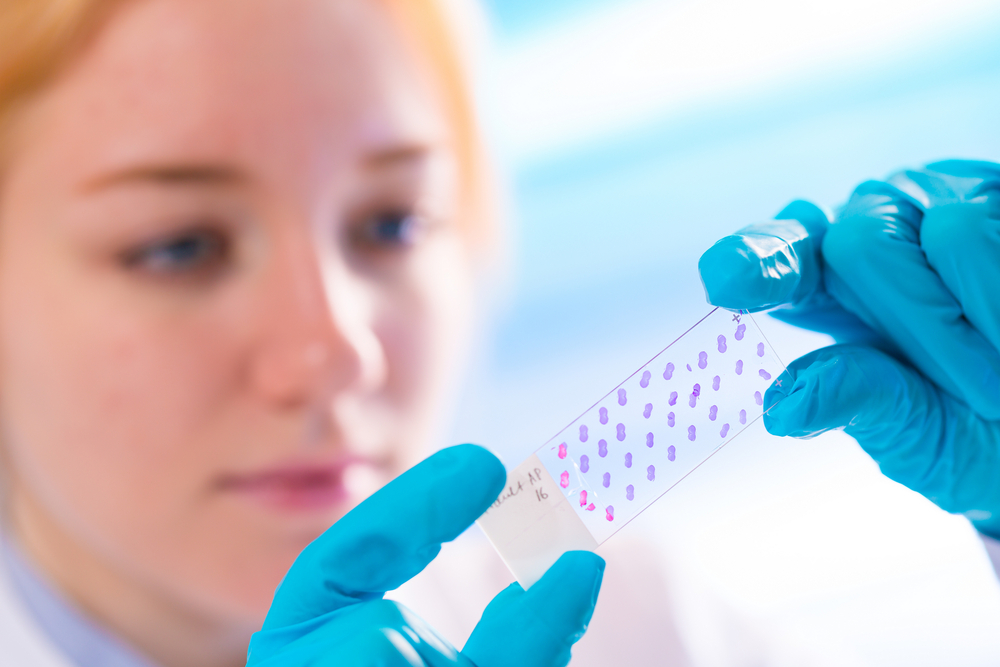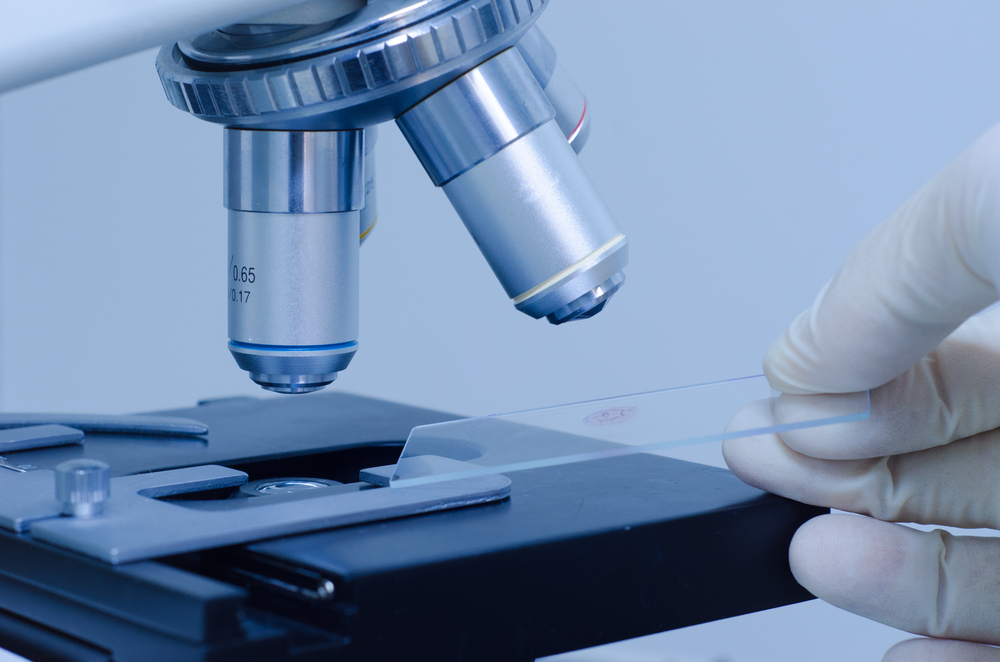ALS Tissue-Engineered Skin May Hold Key to Early Diagnoses

 A recent study, titled, “Early detection of structural abnormalities and cytoplasmic accumulation of TDP-43 in tissue-engineered skins derived from ALS patients,” published in the journal, Acta Neuropathologica Communications, details the creation of a novel tissue-engineered skin model for amyotrophic lateral sclerosis (ALS).
A recent study, titled, “Early detection of structural abnormalities and cytoplasmic accumulation of TDP-43 in tissue-engineered skins derived from ALS patients,” published in the journal, Acta Neuropathologica Communications, details the creation of a novel tissue-engineered skin model for amyotrophic lateral sclerosis (ALS).
ALS is a progressive neurodegenerative disease that specifically affects the motor nerve cells in the brain and spinal cord, leading to a gradual loss of control of voluntary movements, that can progress to total paralysis and death – usually due to respiratory failure. At present, there is no cure for the disease.
ALS-related manifestations occur only after a considerable number of motor neurons have degenerated. This means symptoms appear relatively late, making early diagnoses and early treatment initiation difficult. The window between the appearance of first symptoms, and an official ALS diagnosis varies between 8 to 15.6 months. During this time, a significant number of motor neurons may have already have been lost. New methods for early diagnosis are therefore required alongside advancing ways to monitor and delay disease progression.
ALS is known to cause skin alterations, often before any neurological manifestation. Based on this phenomenon and with a goal of understanding how these early skin symptoms can be utilized, the researchers grew an ALS tissue-engineered skin model (ALS-TES) directly from ALS patients’ cells to aid in the identification of specific biomarkers indicative of the disease. This pioneering human-based model allows the identification of a series of skin abnormalities reported in ALS patients, namely: atypical dermo-epidermal junction, delamination, epidermal non-differentiation, keratinocyte infiltration, collagen misorganization and cytoplasmic TDP-43 inclusions.
Cytoplasmic inclusions of the protein, TDP-43 in motor neurons is a pathologic feature of ALS, and mutations in this gene have been associated with the development of the disease. In this study, cytoplasmic TDP-43 accumulation in cells, other than the ones found in the nervous system, was reported for the first time. The team believes that TDP-43 protein could potentially be used as a diagnostic marker of ALS disease.
This new ALS skin model offers a quick and accessible source of human tissue that can be used as a tool to study the pathophysiological mechanisms behind ALS, to help identify ALS biomarkers, and to establish new methods for early diagnosis and monitoring. The overall idea is that routine skin biopsies and tissue-engineered models from ALS patients’ skin can become a useful tool in the neuropathological diagnosis of ALS as well as other neurodegenerative diseases.






